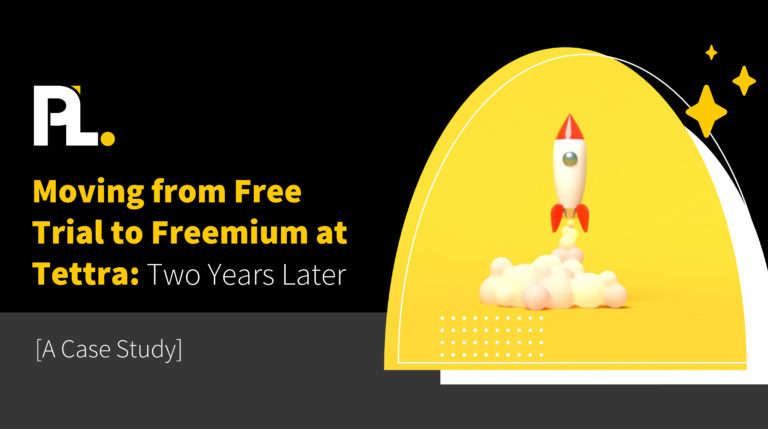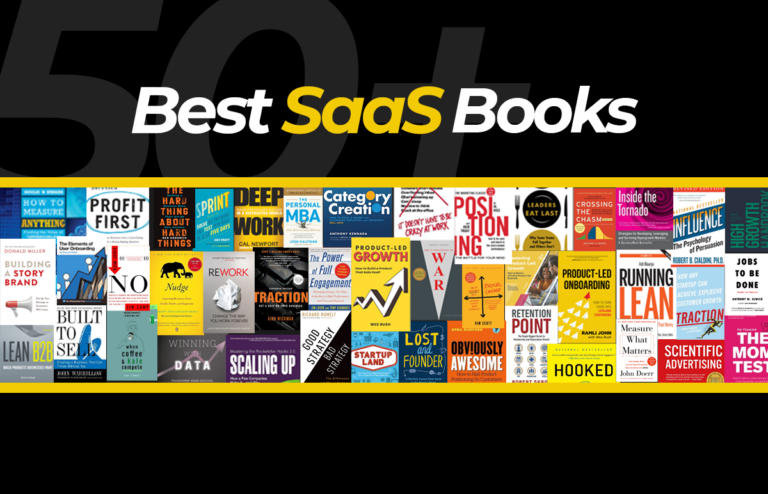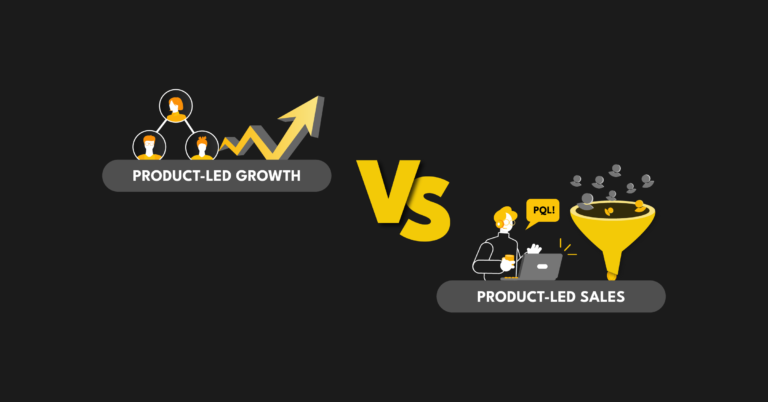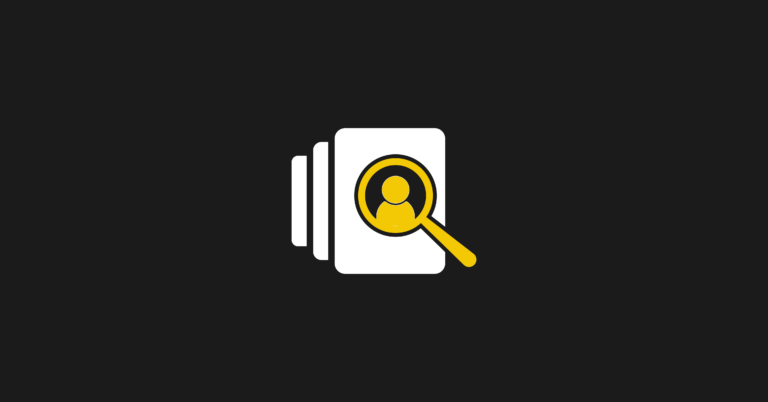How does a SaaS company know if the experiences it creates are positive and appreciated by customers? Through feedback, of course.
Feedback is the most straightforward way to learn about how customers see and evaluate your product or service – and your business in general.
Moreover, people expect you to listen to feedback and draw conclusions. As many as 91% of them believe that your innovation is to be driven by customer reviews and suggestions.
This brings us to SaaS customer feedback loops.
What is a SaaS customer feedback loop and why should you care?
While gathering feedback is important, it is not enough. You cannot only collect feedback and then let it sit in your database. You have to act on it. Moreover, you have to make your actions known to customers.
That’s your feedback loop in a nutshell – find out what customers want, implement it, and follow up on it.
Benefits of maintaining a SaaS customer feedback loop
When you have established a consistent feedback loop, it allows you to stay up to date to customer trends and preferences. In the long run, you might notice some truly fundamental benefits:
- Reduced customer churn: 59% of customers decreased their business with a company or abandoned it completely after a negative experience. By launching a feedback loop, you can catch any negative experience in time and even bring some of the customers back.
- Increased innovation: It is a great source of innovation, allowing businesses to respond proactively to the audience's demands. Often, feedback helps not only to fix the product bugs that customers complained about but also to introduce new features customers can appreciate.
- Better customer relationships: The simple act of asking for a customer’s opinion and showing that it has been heard can make a person happy. As a result, their loyalty to the company may increase. What is more, having a customer feedback loop can be a tactic of lead nurturing.
You can get similar benefits from collecting feedback not only from customers but also from employees. Implement the 360-degree feedback technique to learn about your business performance both from inside and outside.
How to build and maintain SaaS customer feedback loops
Let’s see how you can launch a SaaS customer feedback loop and make it work for you.
Leverage the right channels to reach your customers
The feedback you get from customers falls into two main groups:
- Solicited feedback initiated and conducted by you
- Unsolicited feedback generated organically by your customers.
Unsolicited feedback usually takes the form of posts and comments on social media and independent review platforms. In all cases, the key thing is to acknowledge the feedback and follow up on it.
For solicited feedback, you can use the following channels:
Customer satisfaction surveys
These can take a whole variety of forms and formats, from emails to in-product tools. For instance, if you choose a top-notch live chat app as a way to communicate with your customers, it is likely to support a feedback widget.
You can ask customers to either rate the product on a simple scale or provide a short improvement suggestion. For example, Google asks users to rate their search experience:
Product reviews
Ask people what they think about the product they purchased from you. Again, the formats may vary – a text post, a photo, or an unpacking video. To encourage customers to provide reviews, consider offering small but valuable incentives – a discount or some loyalty points, for example.
Look at iHerb’s reward program – the company gives a $1 credit per review. Customers see a real benefit for themselves to provide feedback on their purchases.
User interviews
This is a more sophisticated method of getting feedback, however, the results are broader and more multi-faceted. User interviews are mini-studies allowing you to improve your product and create personalized experiences.
To yield usable results, user interviews require a number of preparatory steps to be taken:
- Schedule an interview with the user.
- Prepare the tools and venues depending on the interview format (an offline meeting, a phone call, or a video call). If you choose an online format for the interview, don’t forget about internet privacy.
- Think of the goal of the interview.
- Create a script including the main questions to which you wish to get answers and follow-up questions depending on how the user responds.
Monitor the Net Promoter Score (NPS) survey
An NPS survey consists of a single question – how likely are you to recommend our product or service to others? You can include an optional free-format comment, too, but the most important insights come from the NPS rating.
By monitoring and analyzing NPS, you can learn a lot about how your business is doing and what needs improvement:
- Customer loyalty evaluation. If customers are willing to refer you to others, they are surely willing to continue their business with you. A high NPS is an indicator of high customer loyalty.
- Referral marketing drivers. If the surveys show a high NPS score, it suggests that referral marketing campaigns may be accepted by the audience and bring results.
- Improvement ideas. Customers who give you low NPS ratings can suggest what they would like to be improved. You can get workable ideas from the comments in the NPS surveys.
- Focus on detractors. Detractors are customers who give you an NPS rating of 0-6. In addition to not recommending you to others, such customers are in danger of churning themselves. You can reach out directly to them to find out the reason for such a low rating. Often, it may be a minor thing that may be resolved with personal communication.
Understand overall trends in customer satisfaction
Monitoring the current trends should become a constant component of your product-centered strategy. This analysis should be based on the study of your core target audience and take into account its main characteristics: age, occupation, geography, etc. This knowledge will help you interpret customer feedback better and make more effective decisions.
For example, data shows that for 85% of people in the age group of 18-24 years, a human and personalized approach from service agents is of extreme importance. In the age group of 25 and older, only 60% find it important.
In addition, it is critical to share and manifest the values of your audience. Today, everything is so joined and intertwined that it’s hard to tell where commerce stops and politics or environmental awareness begins. Declare your position on hot issues and stand by it.
For example, if you are focused on green living, health, and environmental protection, show it in all aspects of your business. If you support a charity cause, make sure your business is in sync with its values.
Analyze the feedback that you gather
Any feedback is only as good as the insights it gives.
To turn feedback into actionable points, you need to constantly monitor and analyze it. The most effective way to do it is through special tools that convert feedback into measurable data.
There are plenty of such tools on the market, and you can choose the one that suits your purposes and your budget best. Most of them include feedback collection automation and a variety of reports that give you an idea of how your product performs.
For example, UserReport is a tool that allows you to run customer surveys and then displays the results in an intuitive dashboard.
Apply feedback to improve your product
Customer feedback may have a significant influence on the planning and design of your product features. It shows how customers want to see and use your product, which may be totally different from how you view it.
For example, you might be focused on using all state-of-the-art technologies you can lay your hands on. However, when you ask customers what they prefer to find in your product, you might find advanced technology somewhere at the bottom of the list. Instead, your respondents would mention “ease of use,” “value for money,” or “solution to my problem.”
It may very well happen that after you have processed customer feedback, your product planning veers away from the original plan to accommodate users’ preferences. However, this way, you will build a product that your customers will like and adopt.
Follow up on the feedback
Next, close the loop.
Let your SaaS customers know their feedback has been not only heard but also acted upon.
Depending on the impact of a particular piece of feedback, you can choose different ways to communicate with customers:
- Release notes announcing new features or bug fixes that you implemented based on the feedback you received.
- Direct messages to customers informing them about issue fixes.
- Personalized emails to those who suggested significant improvements (don’t forget the common best practices when communicating by email with your customers).
Wrapping up
People love it when their voices are heard. Since customer experience has become the driving force of business growth, companies listen to people’s voices even closer. And the success of a product-led growth business heavily relies on customer research.
Establishing a working SaaS customer feedback loop will help you not to lose touch with your audience and make them feel a part of your production process.
Because that’s exactly what they are.












